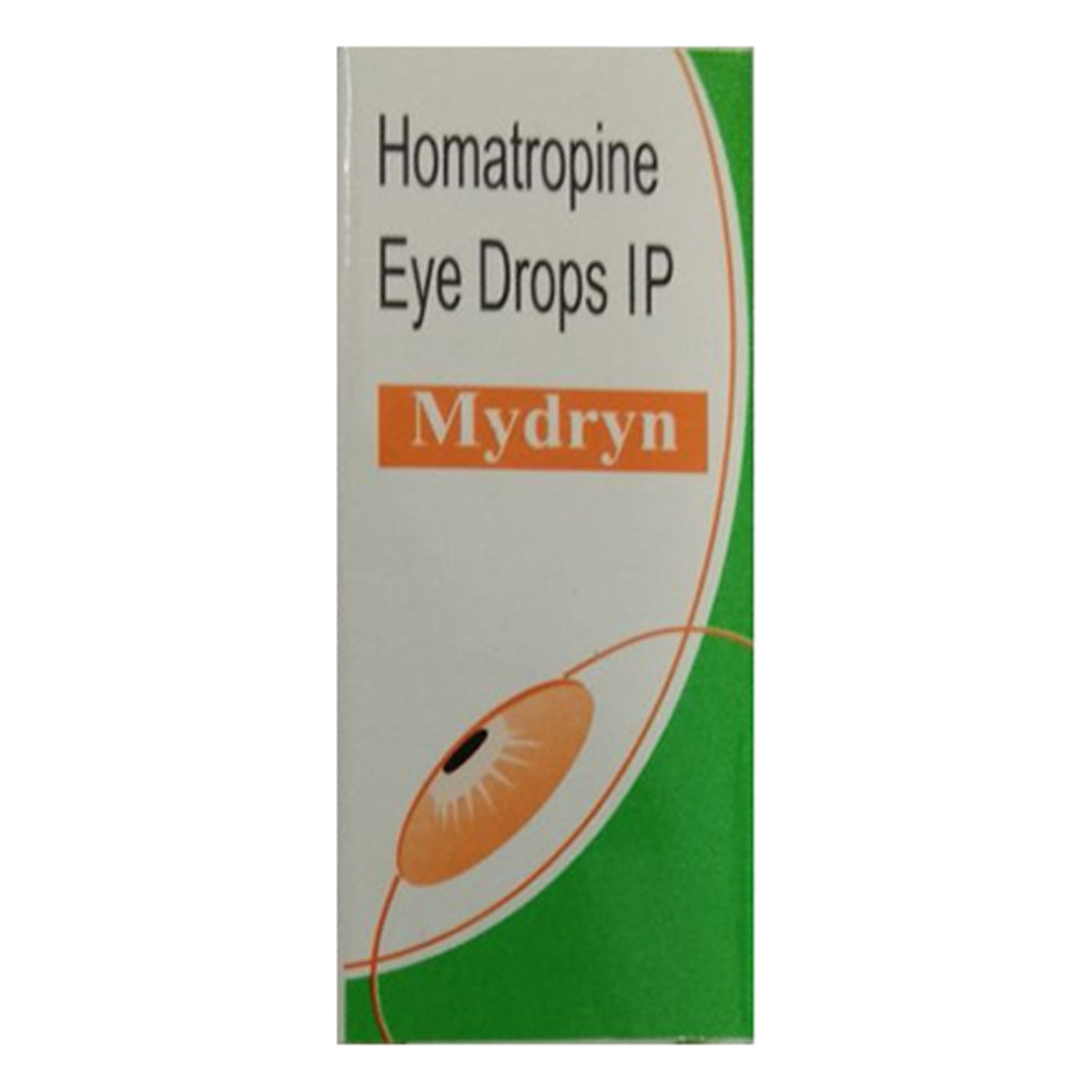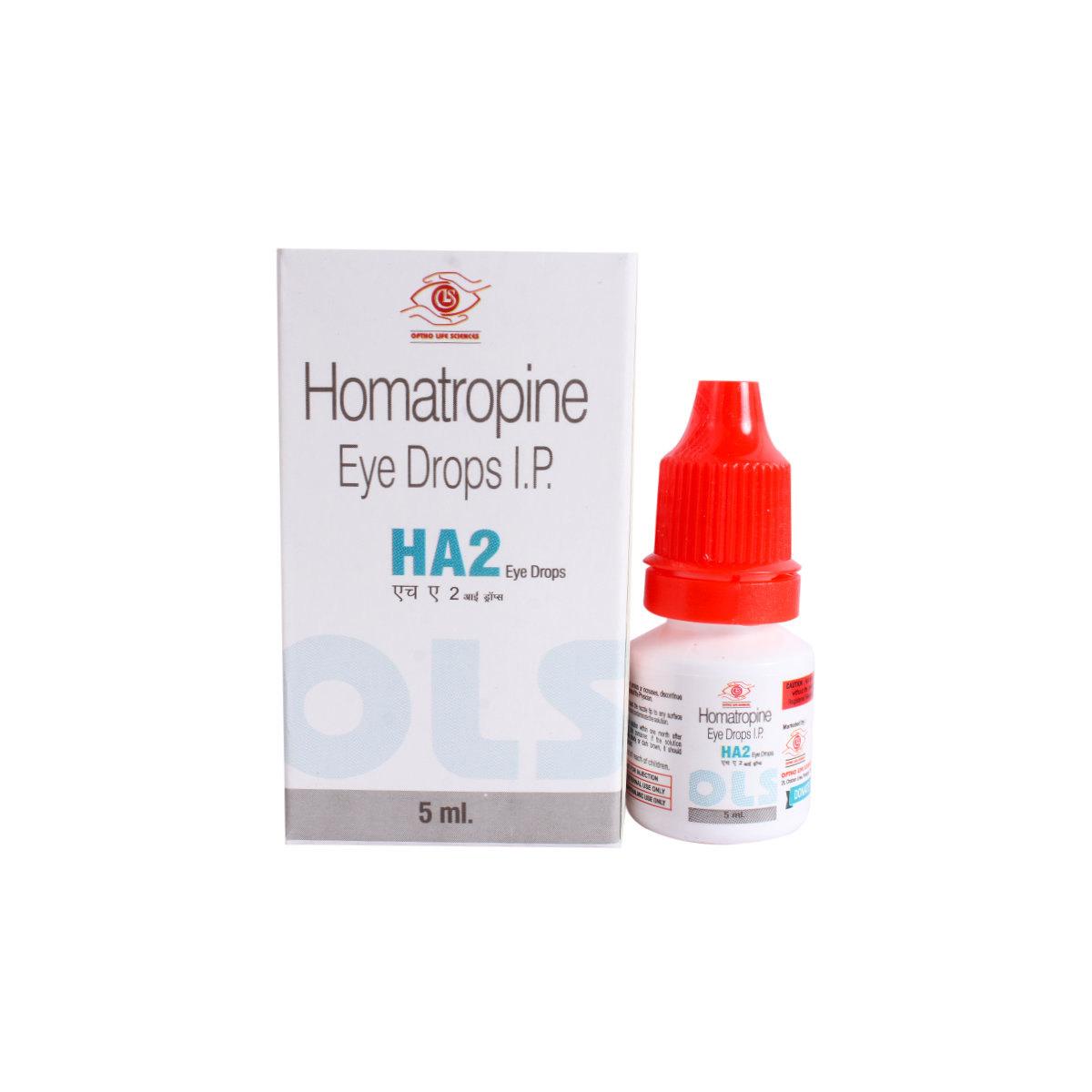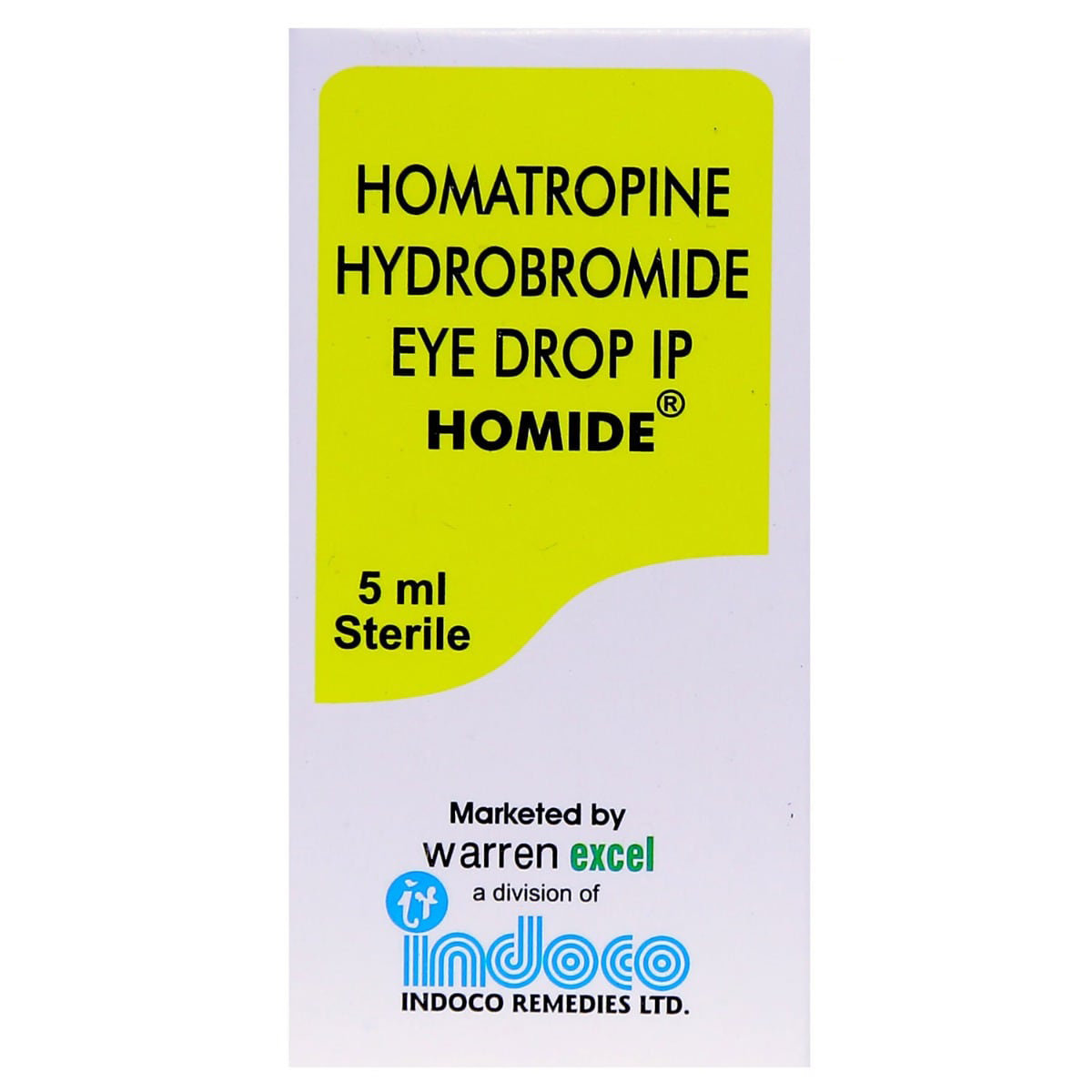Hynim Eye Drop 5 ml

MRP ₹80
(Inclusive of all Taxes)
₹12.0 Cashback (15%)
know your delivery time
Provide Delivery Location
Composition :
Manufacturer/Marketer :
Consume Type :
Expires on or after :
Return Policy :
NPPA :

Secure Payment

Trusted by 8 Crore Indians

Genuine Products
Therapeutic Class
Country of origin
Disclaimer
Alcohol
Safe if prescribed
Alcohol is not known to cause any unpleasant side effects if taken along with Hynim Eye Drop 5 ml. But intake of alcohol with Hynim Eye Drop 5 ml may damage your liver. So intake of Hynim Eye Drop 5 ml should be avoided with Hynim Eye Drop 5 ml.
Pregnancy
Consult your doctor
Hynim Eye Drop 5 ml may affect pregnant women or fetus. Hence, use Hynim Eye Drop 5 ml only if prescribed by a doctor.
Breast Feeding
Consult your doctor
Hynim Eye Drop 5 ml should only be used if the benefits overweigh the disadvantages.
Driving
Safe if prescribed
Hynim Eye Drop 5 ml can affect alertness and coordination. So, operating machinery which requires concentration should be avoided.
Liver
Consult your doctor
Hynim Eye Drop 5 ml is safe is prescribed by a doctor in a liver problem.
Kidney
Consult your doctor
Hynim Eye Drop 5 ml is safe is prescribed by a doctor in a kidney problem.
Children
Safe if prescribed
Hynim Eye Drop 5 ml can be given to children but under child specialist medical supervision. Make sure while using the Hynim Eye Drop 5 ml, it does not go into the child’s mouth.
Product Substitutes
About Hynim Eye Drop 5 ml
Hynim Eye Drop 5 ml belongs to the class of ophthalmic medication, primarily used to treat uveitis (inflammation in the eye). It is also used in the eye before a doctor's examination and after eye surgery to lower eye pressure. Any inflammation in the uvea (inner wall of the eye) is known as uveitis.
Hynim Eye Drop 5 ml contains Homatropine, which is anticholinergic in nature. Homatropine helps treat uveitis by relaxing the coloured part of the eye (Iris) and dilating (enlarging) the eye pupil. It also helps in reducing pain and inflammation. If a doctor has to examine the eye, using Hynim Eye Drop 5 ml helps examine the problem better as the pupil becomes enlarged.
Hynim Eye Drop 5 ml is for external use only. Before using it, break the seal and wash your hands to avoid any infection. If you wear contact lenses or wear them, remove them before using Hynim Eye Drop 5 ml, and you can put them back 15 minutes after using Hynim Eye Drop 5 ml. Close your eye for 2-3 minutes and put as many drops as said by the doctor. You may sometimes experience blurred vision, a burning sensation, dry mouth, increased sensitivity of eyes, and a bitter taste in the mouth. Most of these side effects of Hynim Eye Drop 5 ml are temporary, do not require medical attention, and gradually resolve over time. However, if the side effects are persistent, reach out to your doctor.
Use Hynim Eye Drop 5 ml only if the doctor prescribes you. Never encourage self-medication or suggest your medicine to someone else. Do not take Hynim Eye Drop 5 ml if you are allergic to homatropine or have glaucoma. Check with your doctor before starting Hynim Eye Drop 5 ml if you have dry eyes, cornea problems, or liver disease. Also, Hynim Eye Drop 5 ml does not stop Hynim Eye Drop 5 ml abruptly as it may lead to severe side effects. Do not take any other eye medication with Hynim Eye Drop 5 ml, without consulting your doctor.
Uses of Hynim Eye Drop 5 ml
Medicinal Benefits Mweb
Key Benefits
Hynim Eye Drop 5 ml contains Homatropine, which is anticholinergic in nature. Homatropine helps treat uveitis by relaxing the muscles of the coloured part of the eye (Iris) and hence dilating (enlarging) the pupil of the eye. It helps in reducing pain and inflammation. If a doctor has to examine the eye, using Hynim Eye Drop 5 ml helps better examine the problem as the pupil becomes enlarged.
Directions for Use
Side Effects of Hynim Eye Drop 5 ml
- Blurred vision
- Burning sensation
- Dry mouth
- Increased sensitivity of eyes
- Bitter taste in the mouth
Drug Warnings
Do not take Hynim Eye Drop 5 ml if you are allergic to Hynim Eye Drop 5 ml or any of its ingredients, belladonna alkaloids (atropine). Inform your doctor about all the prescription and nonprescription medications you are taking, especially eye medications. Before using this Hynim Eye Drop 5 ml, please inform your doctor if you have any other eye condition or ever had glaucoma. If you are pregnant or breastfeeding, inform your doctor before starting Hynim Eye Drop 5 ml as a dose adjustment may be required. After using Hynim Eye Drop 5 ml, vision may become blurry, so do not drive a car. If you wear contact lenses or wearing them, remove it before using Hynim Eye Drop 5 ml, and you can put it back 15 minutes after using Hynim Eye Drop 5 ml. Wash your hands properly before using Hynim Eye Drop 5 ml to avoid any infection. Do not put two eye medications together. Maintain a gap of at least 5-10 minutes. Also, Hynim Eye Drop 5 ml may make your eye sensitive to light, so wear dark sunglasses when going outdoor.
Drug-Drug Interactions
Drug-Drug Interactions
Login/Sign Up
Drug-Food Interactions
Drug-Food Interactions
Login/Sign Up
Drug-Diseases Interactions
Drug-Diseases Interactions
Login/Sign Up
Drug-Drug Interactions Checker List
- QUINIDINE
- DIPHENHYDRAMINE
- MECLIZINE
- DICYCLOMINE
- ISOCARBOXAZID
- LINEZOLID
- AMITRIPTYLINE
Habit Forming
Diet & Lifestyle Advise
- Avoid alcoholic beverages with Hynim Eye Drop 5 ml as they can make you dehydrated and affect the eye pressure.
- Visit an optician regularly to monitor your eye problem.
- Try to include heart-healthy omega-3 fatty acid-containing food drinks in your daily diet. You can also use low-fat cooking oil like olive oil, soybean oil, canola oil, and coconut oil.
- A diet including green and leafy vegetables and fruits helps lower eye pressure.
- Regular moderate exercise and appropriate rest are important for illness.
- Fruits and vegetables which contain Vitamin A and C help to improve vision and recover from the disease.
All Substitutes & Brand Comparisons
RX
Out of StockHomatrapar 2% Eye Drop
₹21.6
(₹3.89/ 1ml)
72% CHEAPERRX
Out of StockHA2 Eye Drop
Optho Life Sciences Pvt Ltd
₹31.05
(₹5.59/ 1ml)
61% CHEAPERRX
Mydryn Eye Drops 5 ml
Sunways (India) Pvt Ltd
₹32
(₹5.76/ 1ml)
60% CHEAPER

Have a query?
Buy best Ocular products by
Entod Pharmaceuticals Ltd
Ajanta Pharma Ltd
Sunways (India) Pvt Ltd
Sun Pharmaceutical Industries Ltd
Cipla Ltd
Micro Labs Ltd
Allergan Healthcare India Pvt Ltd
Intas Pharmaceuticals Ltd
Raymed Pharmaceuticals Ltd
Nri Vision Care India Ltd
FDC Ltd
Jawa Pharmaceuticals India Pvt Ltd
Indoco Remedies Ltd
Sapient Laboratories Pvt Ltd
Senses Pharmaceuticals Pvt Ltd
Centaur Pharmaceuticals Pvt Ltd
Neomedix Healthcare India Pvt Ltd
Aromed Pharmaceuticals
Optho Remedies Pvt Ltd
Aurolab
Austrak Pvt Ltd
Lupin Ltd
Mankind Pharma Pvt Ltd
Zivira Labs Pvt Ltd
Optho Pharma Pvt Ltd
Synovia Life Sciences Pvt Ltd
Akumentis Healthcare Ltd
Eyekare
His Eyeness Ophthalmics Pvt Ltd
Protech Remedies Pvt Ltd
Runyon Pharmaceutical Pvt Ltd
Alcon Laboratories Inc
Syntho Pharmaceuticals Pvt Ltd
Alembic Pharmaceuticals Ltd
Bell Pharma Pvt Ltd
Klar Sehen Pvt Ltd
Sentiss Pharma Pvt Ltd
Irx Pharmaceuticals Pvt Ltd
Optho Life Sciences Pvt Ltd
Phoenix Remedies Pvt Ltd
Alkem Laboratories Ltd
Doctor Wonder Pvt Ltd
Hicare Pharma
Ipca Laboratories Ltd
Neon Laboratories Ltd
Okulus Drugs India
Pharmtak Ophthalmics (I) Pvt Ltd
Berry & Herbs Pharma Pvt Ltd
Glow Vision Pharmaceuticals
Kaizen Drugs Pvt Ltd
Choroid Laboratories Pvt Ltd
Indiana Opthalamics Pvt Ltd
Optica Pharmaceutical Pvt Ltd
Pharmatak Opthalmics India Pvt Ltd
Samarth Life Sciences Pvt Ltd
Vibgyor Vision Care
Mofon Drugs
Novartis India Ltd
Pharmia Biogenesis Pvt Ltd
Zydus Cadila
Appasamy Ocular Devices Pvt Ltd
Leeford Healthcare Ltd
Medivision Pharma Pvt Ltd
Orbit Life Science Pvt Ltd
X-Med Royal Pharma Pvt Ltd
Zee Laboratories Ltd
Aarma Laboratories
Guerison MS Inc
Laborate Pharmaceuticals India Ltd
Xtas Pharmaceuticals
Accurex Biomedical Pvt Ltd
Blucrab Pharma Pvt Ltd
Does Health Systems Pvt Ltd
Flagship Biotech International Pvt Ltd
Lavue Pharmaceuticals Pvt Ltd
Nutrilis Healthcare Pvt Ltd
Ursa Pharm India Pvt Ltd
Vee Remedies
Vyonics Health Care India Pvt Ltd
Warren Pharmaceuticals Pvt Ltd
Abbott India Ltd
Accvus Pharmaceuticals
Akums Drugs & Pharmaceuticals Ltd
Cadila Healthcare Ltd
Carevision Pharmaceuticals Pvt Ltd
Dey's Medical Stores (Mfg) Ltd
East West Pharma India Pvt Ltd
Eyedea Pharmaceuticals Pvt Ltd
Nimbus Healthcare Pvt Ltd
Ocuris Pharmaceuticals Pvt Ltd
Sherings Pharmaceuticals
Tarks Pharmaceuticals Pvt Ltd
Vcan Biotech
Vision Medilink
Aice Health Care Pvt Ltd
Appasamy Pharmaceuticals Pvt Ltd
Asperia Lifescience Pvt Ltd
Beatum Healthcare Pvt Ltd
East India Pharmaceutical Works Ltd
Grevis Pharmaceutical Pvt Ltd





